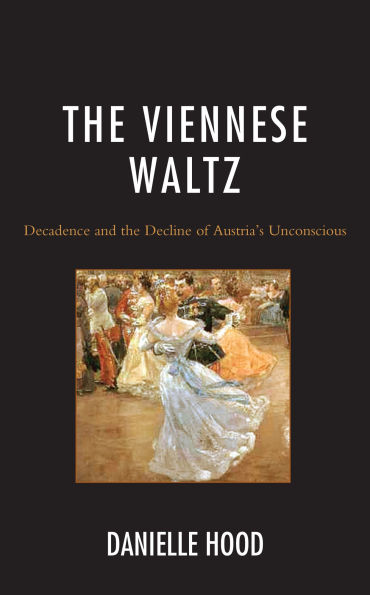Satiricized by Strauss II to highlight the deceptive aristocratic class, under Schoenberg, Mahler, and Webern’s pens the waltz became the pivot between the conscious and unconscious, forcing a paralytic “second state” analogous with the stagnation of the Habsburg Empire. The Viennese Waltz shows how, between 1864 – 1928, the waltz altered from signifier of upper-class artificeto the link between man and nature and between Viennese and “Other.” Hood wields the Freudian concepts of the uncanny and the doppelgänger to explain this revolution from the simple signification of a dance to the psychological anxiety of a subject’s place in society.
1141451801
The Viennese Waltz: Decadence and the Decline of Austria's Unconscious
Satiricized by Strauss II to highlight the deceptive aristocratic class, under Schoenberg, Mahler, and Webern’s pens the waltz became the pivot between the conscious and unconscious, forcing a paralytic “second state” analogous with the stagnation of the Habsburg Empire. The Viennese Waltz shows how, between 1864 – 1928, the waltz altered from signifier of upper-class artificeto the link between man and nature and between Viennese and “Other.” Hood wields the Freudian concepts of the uncanny and the doppelgänger to explain this revolution from the simple signification of a dance to the psychological anxiety of a subject’s place in society.
35.99
In Stock
5
1

The Viennese Waltz: Decadence and the Decline of Austria's Unconscious
210
The Viennese Waltz: Decadence and the Decline of Austria's Unconscious
210Related collections and offers
35.99
In Stock

Product Details
| ISBN-13: | 9781793653932 |
|---|---|
| Publisher: | Bloomsbury Publishing |
| Publication date: | 06/01/2022 |
| Sold by: | Barnes & Noble |
| Format: | eBook |
| Pages: | 210 |
| File size: | 4 MB |
About the Author
From the B&N Reads Blog
